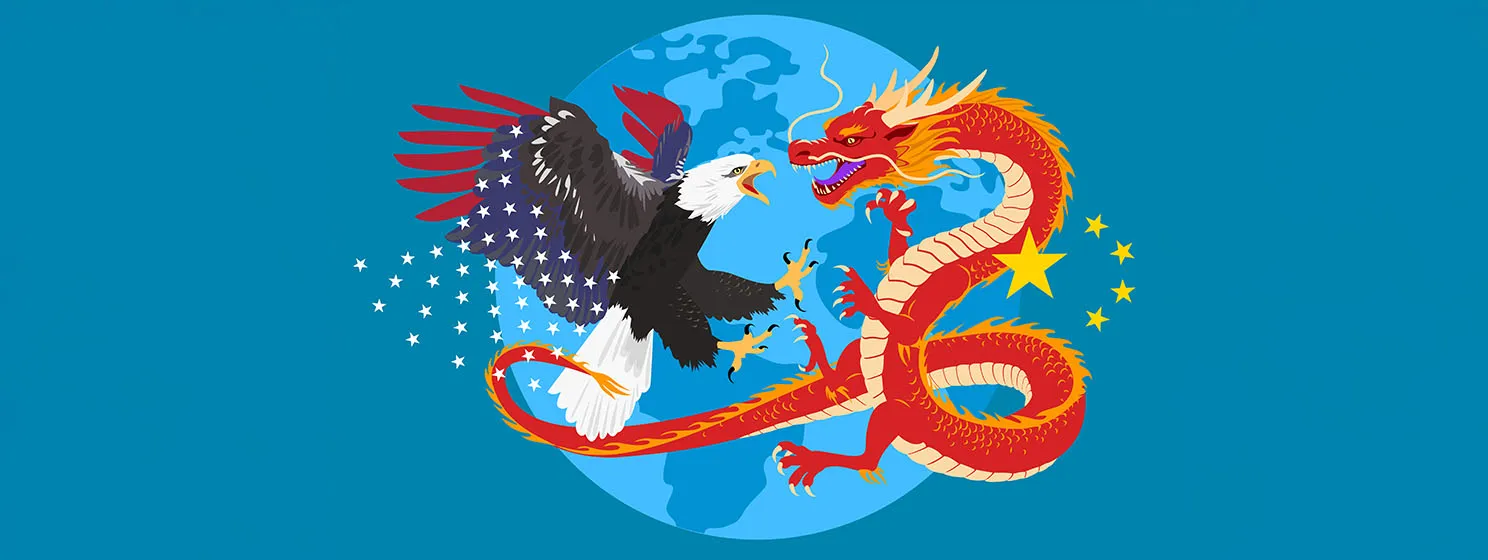|
Getting your Trinity Audio player ready...
|
India, the world economy’s new beacon of hope, as Finance Minister Nirmala Sitharaman described it, solidified its position as a global leader in blockchain and Web3 adoption, showcasing significant progress across multiple sectors.
The most significant was the Ministry of Electronics and Information Technology’s (MeitY) Vishvasya-Blockchain Technology Stack, a framework that provides Blockchain-as-a-Service (BaaS) through a geographically distributed infrastructure. Launched by MeitY Secretary S. Krishnan, the initiative aims to enhance digital trust and improve service delivery.
The National Blockchain Framework technology stack is designed with distributed infrastructure, core framework functionality, smart contracts and application programming interface (API) gateway, security, privacy and interoperability, and applications development offering BaaS. NBF currently supports two permissioned blockchain platforms and is extensible. The Technology Stack is hosted on geographically distributed infrastructure at NIC Data centers located in three Indian cities: Bhubaneswar, Pune, and Hyderabad.
“India has made significant strides in blockchain adoption throughout 2024. The launch of Vishwasya-the National Blockchain Framework-will accelerate the adoption of blockchain technology in the public sector as well as the private sector. The government’s focus on creating a national blockchain framework is expected to facilitate further integration across various industries, which is expected to enhance transparency and efficiency in public services,” Sharat Chandra, founder of EmpowerEdge Ventures and a startup enabler, told CoinGeek.
“I had the opportunity to be a part of the blockchain implementation for Digital Lenders Association of India (DLAI), a leading fintech industry association which represents a majority of India’s lending and fintech ecosystem. More institutions are warming up to exploring blockchain use cases,” Chandra added.
NBFLite for startups
India also introduced NBFLite, a lightweight blockchain sandbox platform developed for startups and academia for rapid application prototyping, research, and capacity building. These technologies were developed by collaborating efforts of C-DAC, NIC, IDRBT Hyderabad, IIT Hyderabad, IIIT Hyderabad, and SETS Chennai, with MeitY’s support.
Simultaneously, India introduced Praamaanik, an innovative blockchain solution for verifying mobile app origin, which leverages blockchain to verify the security of mobile applications.
According to Amit Kumar Gupta, a legal practitioner at the Supreme Court of India, the country’s introduction of the National Blockchain Framework demonstrates its strong commitment to the emerging technology.
“These initiatives are transforming sectors like land registries, healthcare, and supply chain management by offering secure, tamper-proof systems,” Gupta told CoinGeek.
“Companies like Tata Consultancy Services and Infosys leveraged blockchain for enhanced transparency and efficiency,” Gupta added.
More provincial governments embrace blockchain
“2024 was a year where India stamped its authority and positioned itself as a global leader in blockchain and Web3 adoption, demonstrating remarkable advancements across various sectors,” India Blockchain Alliance (IBA) Founder Raj Kapoor told CoinGeek.
The southern state of Telangana province reportedly said it would allot land at subsidized rates to blockchain companies. The Telangana government’s draft Blockchain Policy includes research funding and regulatory and policy support as part of its strategy to attract firms and startups in the blockchain sector to establish operations in the state.
“Telangana and Goa brought land records on the blockchain. The Reserve Bank of India Innovation Hub piloted a multi-bank letter of credit trade finance solution. Jharkhand (provincial government) leveraged blockchain to ensure all farmers receive correct seed allocation and prevent spurious seeds from entering the supply chain. The Uttarakhand government implemented a blockchain solution for real-time insights into medical asset supplies across hospitals for efficient inventory management,” informed Kapoor.
Blockchain partnerships
This year was also significant for blockchain partnerships and collaborations.
Blockchain For Impact (BFI), a healthcare fund set up during the COVID-19 pandemic in India, advanced its partnerships with educational institutes to support projects that have the potential to revolutionize healthcare. BFI also partnered with the United Nations Children’s Fund (UNICEF) to strengthen public health practices.
On the other hand, Soulverse, which focuses on constructing infrastructure for a secure digital identity landscape, partnered with the IBA to create “programs that make blockchain easy to understand and use.”
“The spotlight was on digital trust and the framework was envisioned and developed by the India Blockchain Alliance with the Soul Wallet at its core – redefining and reiterating Zero Knowledge Proof (ZKP) and blockchain-based identities that in the future replace other forms of identification,” IBA’s founder Kapoor explained.
At the same time, RAK Digital Assets Oasis (RAK DAO), a dedicated free zone established to support and nurture digital assets companies, tied up with IBA to offer seamless market access for Indian blockchain and Web3 businesses to the United Arab Emirates. The partnership is expected to generate employment, accelerate global blockchain innovation and adoption, while using IBA’s network to connect UAE firms to India’s over 115 million digital asset users.
Hosting documents on blockchain
Another milestone attained this year is putting documents from nine federal organizations and provincial governments on-chain. In March, blockchain.gov.in, operated by the National Informatics Centre (NIC), onboarded 19 departments, including the Supreme Court. The website lists documents, like educational certificates, land records, and drug logistics chains, that have been put on the blockchain.
The documents come from six provincial governments and three federal government departments: the Central Board of Secondary Education (CBSE), the Consumer Affairs Ministry, and the Justice Ministry.
“India made commendable strides in blockchain adoption in 2024. The government’s increasing interest in decentralized solutions, particularly in areas like supply chain finance, tokenization, and governance, has shown promise. Initiatives like the Digital India Act and various state-level pilot projects in supply chain transparency highlight growing institutional interest,” Rohan Sharan, founder of Timechain Labs, an on-chain application development firm utilizing BSV blockchain technology, told CoinGeek.
Watch: Exploring use cases for blockchain in India

 09-10-2025
09-10-2025 





